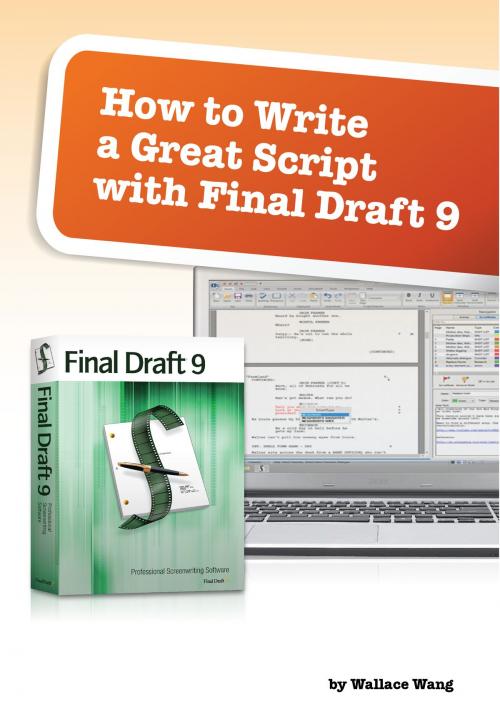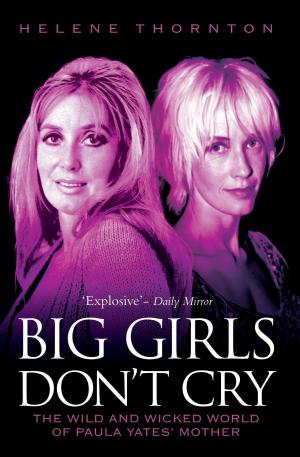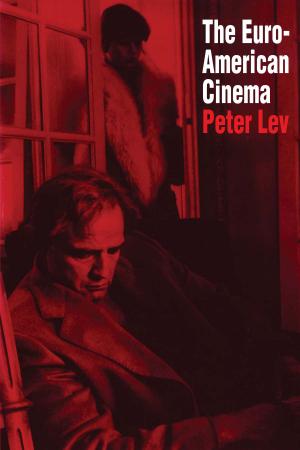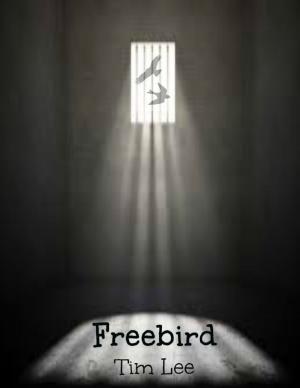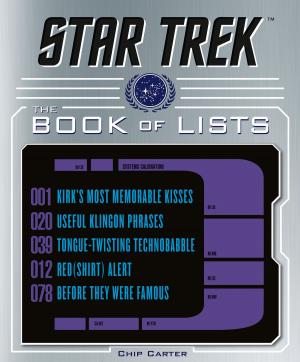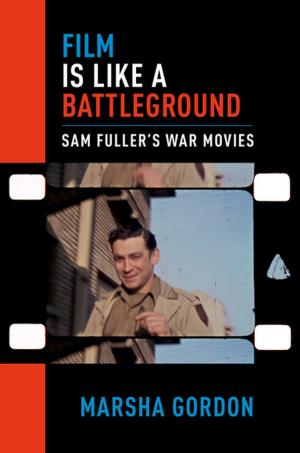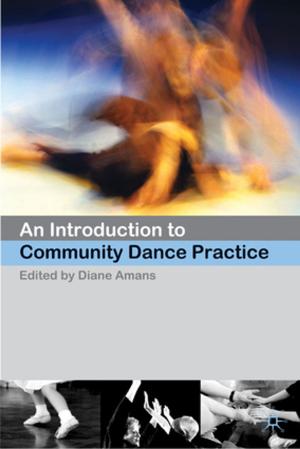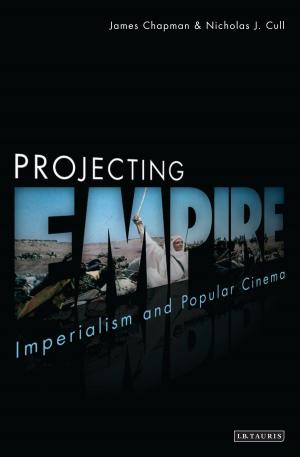How to Write a Great Script with Final Draft 9
Nonfiction, Entertainment, Theatre, Playwriting, Film, Screenwriting, Performing Arts| Author: | Wallace Wang | ISBN: | 1230000216550 |
| Publisher: | Wallace Wang | Publication: | February 6, 2014 |
| Imprint: | Language: | English |
| Author: | Wallace Wang |
| ISBN: | 1230000216550 |
| Publisher: | Wallace Wang |
| Publication: | February 6, 2014 |
| Imprint: | |
| Language: | English |
"How to Write a Great Script with Final Draft 9" is not a typical computer book tutorial. Flip open any computer book and you’ll typically see a thick tome crammed with information about every possible feature of a program in exhaustive detail. Such comprehensive detail makes most computer books about as exciting to read as a dictionary.
Nobody really wants to learn how to use any particular program. What people really want to learn is how to get specific results from using a particular program.
Chances are good that your goal in life isn’t to learn how to use Final Draft 9. Instead, you probably really want to learn how to write the best screenplay possible with the least amount of hassle. To achieve that goal, you want to use Final Draft 9 as a tool to achieve your dream of writing a screenplay that you can sell.
That’s why this book won’t teach you how to become a Final Draft 9 expert. What this book will teach you is how to plan, organize, and write a screenplay using Final Draft 9 as a tool to make your task easier.
Notice the huge difference?
You want to be a screenwriter, not a Final Draft 9 computer expert. This book won't overwhelm you by teaching every possible feature in Final Draft 9. Instead, this book will teach you the more useful features of Final Draft 9 to make you a more effective screenwriter. Once you learn the most common commands of Final Draft 9, you'll have the confidence to learn the more advanced features that the program offers.
Not only will you learn how to use Final Draft’s most common features, but you’ll also learn why to use them and how they can help you organize and write a more effective screenplay. To use Final Draft most effectively, you need to know how to develop a story. Having a great screenwriting program like Final Draft 9 is fine, but if you don’t know what to write, then you won’t be able to take advantage of Final Draft 9’s writing, formatting, and editing features.
Although Final Draft works as an excellent screenplay formatting word processor, that’s actually the last feature you want to use. Where most people go wrong is that they focus first on writing their screenplay without knowing what to write or taking time to organize their ideas before they write.
Think of screenwriting like planning a vacation. You could just show up at the airport and hop on any plane, but chances are good it won’t take you where you want to go. Likewise if you start writing a script without any planning, you’ll likely waste time writing an rambling and incoherent screenplay. At this point, formatting your screenplay perfectly means nothing if it’s not structured to tell a compelling story in the first place.
So this book will teach you how to write screenplays using Final Draft 9 as a tool. If you want to learn how to become a better screenwriter and use Final Draft 9 to help you achieve your ultimate goal of selling a screenplay, then this is the book for you.
Table of Contents
Introduction
Chapter 1: Getting Ideas
Chapter 2: Picking a Theme
Chapter 3: The Story Title
Chapter 4: The Major Characters
Chapter 5: The Hero and Villain
Chapter 6: The Mentor, the Allies, and the Henchmen
Chapter 7: The Four Acts of a Screenplay
Chapter 8: Creating and Manipulating Scenes
Chapter 9: Understanding the Elements of a Screenplay
Chapter 10: Working with Scenes
Chapter 11: Making Dialogue Come to Life
Chapter 12: Editing a Screenplay
Chapter 13: Printing and Sharing a Screenplay
Final Words
"How to Write a Great Script with Final Draft 9" is not a typical computer book tutorial. Flip open any computer book and you’ll typically see a thick tome crammed with information about every possible feature of a program in exhaustive detail. Such comprehensive detail makes most computer books about as exciting to read as a dictionary.
Nobody really wants to learn how to use any particular program. What people really want to learn is how to get specific results from using a particular program.
Chances are good that your goal in life isn’t to learn how to use Final Draft 9. Instead, you probably really want to learn how to write the best screenplay possible with the least amount of hassle. To achieve that goal, you want to use Final Draft 9 as a tool to achieve your dream of writing a screenplay that you can sell.
That’s why this book won’t teach you how to become a Final Draft 9 expert. What this book will teach you is how to plan, organize, and write a screenplay using Final Draft 9 as a tool to make your task easier.
Notice the huge difference?
You want to be a screenwriter, not a Final Draft 9 computer expert. This book won't overwhelm you by teaching every possible feature in Final Draft 9. Instead, this book will teach you the more useful features of Final Draft 9 to make you a more effective screenwriter. Once you learn the most common commands of Final Draft 9, you'll have the confidence to learn the more advanced features that the program offers.
Not only will you learn how to use Final Draft’s most common features, but you’ll also learn why to use them and how they can help you organize and write a more effective screenplay. To use Final Draft most effectively, you need to know how to develop a story. Having a great screenwriting program like Final Draft 9 is fine, but if you don’t know what to write, then you won’t be able to take advantage of Final Draft 9’s writing, formatting, and editing features.
Although Final Draft works as an excellent screenplay formatting word processor, that’s actually the last feature you want to use. Where most people go wrong is that they focus first on writing their screenplay without knowing what to write or taking time to organize their ideas before they write.
Think of screenwriting like planning a vacation. You could just show up at the airport and hop on any plane, but chances are good it won’t take you where you want to go. Likewise if you start writing a script without any planning, you’ll likely waste time writing an rambling and incoherent screenplay. At this point, formatting your screenplay perfectly means nothing if it’s not structured to tell a compelling story in the first place.
So this book will teach you how to write screenplays using Final Draft 9 as a tool. If you want to learn how to become a better screenwriter and use Final Draft 9 to help you achieve your ultimate goal of selling a screenplay, then this is the book for you.
Table of Contents
Introduction
Chapter 1: Getting Ideas
Chapter 2: Picking a Theme
Chapter 3: The Story Title
Chapter 4: The Major Characters
Chapter 5: The Hero and Villain
Chapter 6: The Mentor, the Allies, and the Henchmen
Chapter 7: The Four Acts of a Screenplay
Chapter 8: Creating and Manipulating Scenes
Chapter 9: Understanding the Elements of a Screenplay
Chapter 10: Working with Scenes
Chapter 11: Making Dialogue Come to Life
Chapter 12: Editing a Screenplay
Chapter 13: Printing and Sharing a Screenplay
Final Words
